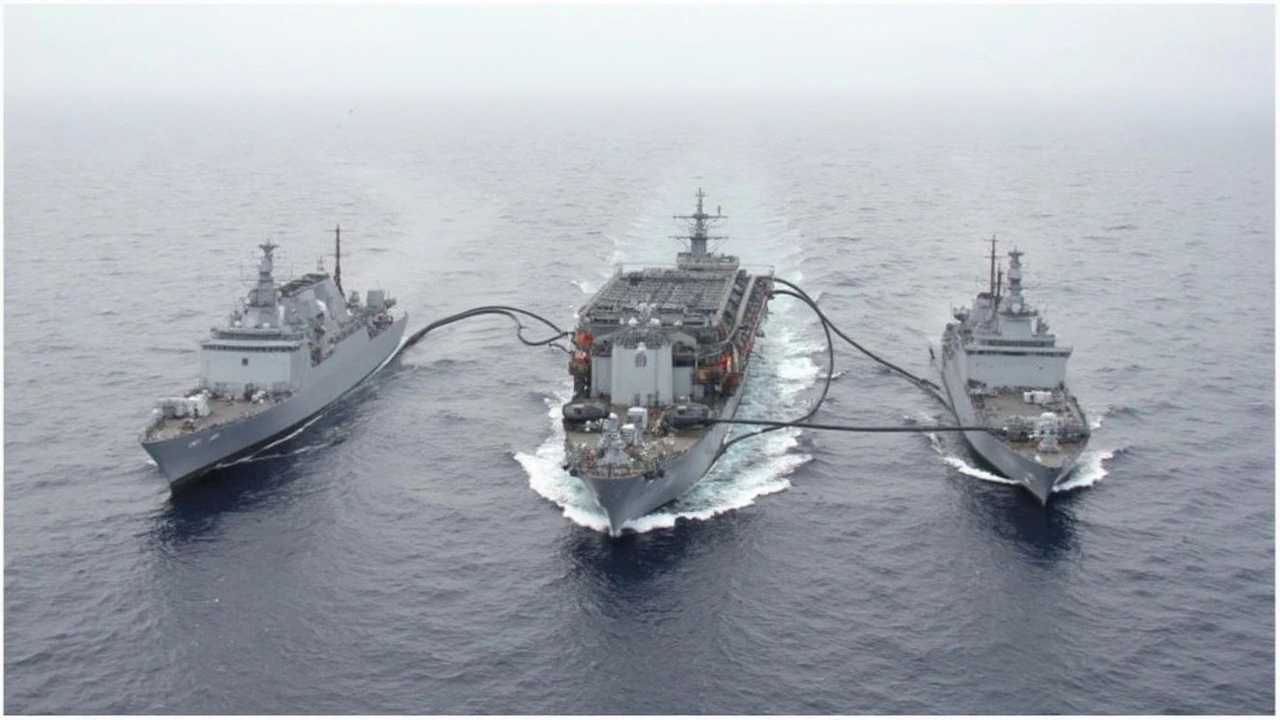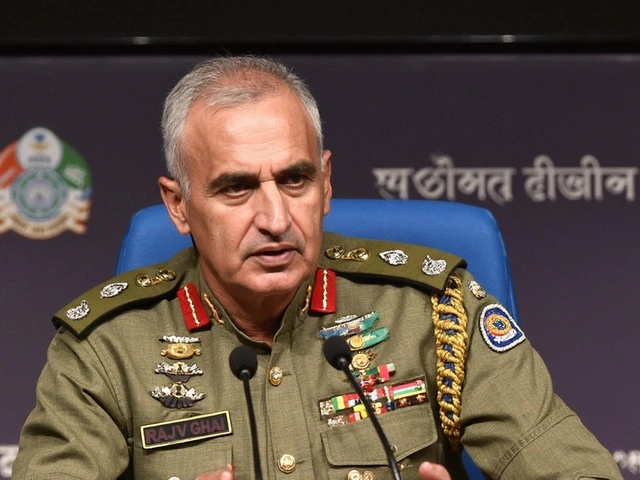Indian Navy Poised to Hit Karachi Port During Operation Sindoor: Vice Admiral Reveals Intent and Strategy

Indian Navy's Show of Force After Pahalgam Attack
The morning of April 22, 2025, changed everything. A brutal terror attack in Pahalgam, Jammu and Kashmir, left 26 civilians dead. Less than three weeks later, India signaled with unmistakable clarity that it wouldn't let such violence pass unanswered. Vice Admiral A.N. Pramod, Director General of Naval Operations, has now made it clear: the Indian Navy was all set to hit Pakistan hard. Not just at sea, but at the very heart of its maritime lifeline—Karachi Port.
Operation Sindoor wasn't just another show of flag-waving. On May 7, 2025, the Indian Navy rolled out heavy metal into the Arabian Sea—36 warships, including the formidable INS Vikrant, India's first locally built aircraft carrier. This was no ceremonial parade. The fleet included 7 destroyers fitted with BrahMos supersonic missiles, stealthy guided-missile frigates, and 6 silent submarines lurking below. Forward positions were taken by 8-10 warships within reach of critical Pakistani coastal sites.
The message was plain for all to see. Pakistan’s Navy hunkered down, afraid to leave the relative safety of Karachi Harbor. For days, Pakistani assets barely left their coastal shadows, knowing that Indian surveillance watched every move. NAVAREA warnings issued by Pakistan highlighted the tension, admitting behind closed doors that their navy was outmatched both in firepower and reach.
Precision Planning: Ready for a Decisive Strike
This wasn't saber-rattling. Vice Admiral Pramod underlined that multiple combat readiness exercises were carried out by the Indian fleet, quietly putting their crews and missiles through the paces. BrahMos-equipped destroyers took up strike positions, while the submarines played their classic cat-and-mouse games beneath the waves, ready to launch a crippling blow against maritime or land targets.
India wasn’t planning to trigger a full-blown war, though. Pramod described the posture as “calibrated and non-escalatory”—a warning: cross the line, and there will be consequences, but India wasn’t about to throw the first punch without considering the fallout. Coordination was tight. Plans weren’t just about a single branch of the military; the Army and Air Force worked hand-in-hand with the Navy, creating a blend of options for every scenario the government needed to consider.
This synergy showcased India’s upgraded maritime capabilities. INS Vikrant, the pride of indigenous shipbuilding, operated at the center of this operation, launching fighter jets and helicopters for extended surveillance and simulated strikes. It was a calculated demonstration of dominance, not just for Pakistan, but for everyone watching the region.
If orders had come, the Indian Navy was poised to deliver a strike with speed and accuracy. For now, the operation held at the edge—fully prepared, but always deferential to the civilian leadership’s final call. The message was heard loud and clear across the Arabian Sea: India’s navy, awakened and alert, is ready to defend and, if needed, strike back hard and fast.

